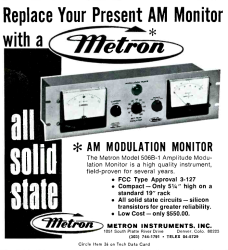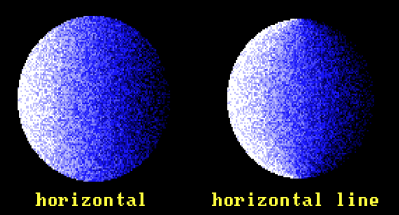It is a common occurrence in old movies: Our hero checks in at a hotel in some exotic locale, and the desk clerk says, “Ah, Mr. Barker, there’s a letter for you.” Or maybe a telegram. Either way, since humans learned to write, they’ve been obsessed with getting their writing in the hands of someone else. Back when we were wondering what people would do if they had a computer in their homes, most of us never guessed it would be: write to each other. Yet that turned out to be the killer app, or, at least, one of them.
What’s interesting about the hotel mail was that you had to plan ahead and know when your recipient would be there. Otherwise, you had to send your note to their home address, and it would have to wait. Telegrams were a little better because they were fast, but you still had to know where to send the message.
Early Days

In addition to visiting a telegraph office, or post office, to send a note somewhere, commercial users started wanting something better at the early part of the twentieth century. This led to dedicated teletype lines. By 1933, though, a network of Teletype machines — Telex — arose. Before the Internet, it was very common for a company to advertise its Telex number — or TWX number, a competing network from the phone company and, later, Western Union — if they dealt with business accounts.
Fax machines came later, and the hardware was cheap enough that the average person was slightly more likely to have a fax machine or the use of one than a Telex.



















